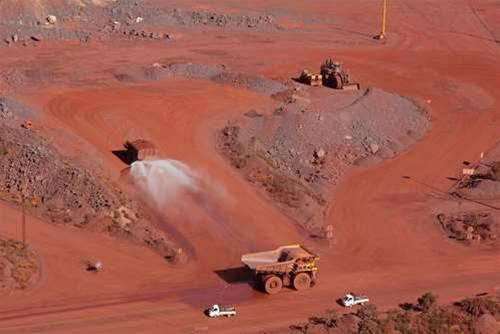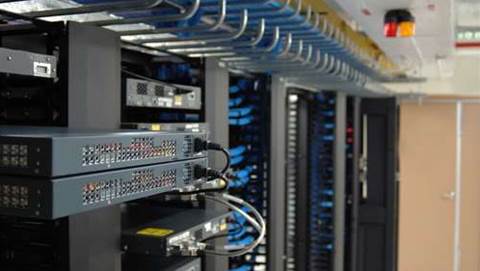Gina Rinehart’s Roy Hill mine has spent the past year co-funding and piloting a data science platform created using Microsoft Azure components including the Azure IoT hub.

The iron ore miner is the first user of a ‘business analytics’ platform and capability that was co-developed and funded by systems integrator Ajilon Australia alongside Roy Hill.
It is understood the system is being mostly used to analyse sensor data from heavy mobile equipment (HME) and locomotives used to haul ore from pit to port.
Typically, the data is being aggregated at Roy Hill – such as in a data historian or ‘data lake’ – and then fed through the business analytics system and up into Azure.
However, the miner is understood to be also testing analytics on data that is streamed from the field in as near to real-time as is feasible. Ajilon’s national solution lead Peter Hawkins told iTnews this wasn’t yet a “production use case but it’s working”.
Hawkins said that around the same time as Ajilon began building out an analytics practice in 2015, it learned of Roy Hill’s interest in trialling similar technology.
The two partnered, and worked closely with Microsoft Azure engineers in Redmond to create a “templated, repeatable” analytics platform based on Microsoft components.
“We had a direct line into Redmond and were able to call on their engineers building this stuff to resolve some of the challenges [that arose when] putting real production volumes of data into these data lakes and through the Azure IoT hub,” Hawkins said.
Hawkins declined to detail exactly what business problems Roy Hill is using the platform and technology to resolve.
However, Roy Hill won’t be the only company to use the Azure-backed business analytics platform. The co-development arrangement means Ajilon is now free to market the template-based system to other clients, whether in mining, oil and gas, or even outside the resources sector.
Hawkins said he expected to see the platform put to use with non-resources clients for “preventative maintenance, increasing the life span of certain types of assets, and identifying events that might reduce the life span" of that equipment.
Hawkins said the Roy Hill project represented the first time that Azure components such as the year-old IoT hub had been used at this scale in Australia.
SAP systems
Outside of Azure, Roy Hill is also known to be using a range of SAP technologies to manage its operations.
Like other iron ore miners, the company runs a remote operations centre (ROC) in Perth. One of the centre's teams is focused on business improvement, which SAP noted leans heavily on an IoT architecture.
“For example, the tyres of the dump trucks in the mine did not last as long as forecast and budgeted,” SAP said in a case study published late last year.
“The team therefore analysed different data, including tyre sensor data, the load on the truck, environmental factors and operator behaviour.
“The resulting findings were fed into operator training, speed guidelines and road layouts and expected tyre life is now being achieved.”
As appears to also be occurring with the Azure system, the ROC is also monitoring sensor arrays on locomotives and rolling stock; when in the vicinity of the mine, the data is transmitted via a WiMAX network to a control centre, which handles predictive maintenance.
Future in three dimensions
Roy Hill also seems to be taking a leaf from the book of rival Rio Tinto, trialling 3D visualisations of parts of its operations.
Rio Tinto previously landed an iTnews Benchmark Award for a system called RTVis that visualised its mine assets in three dimensions.
Roy Hill indicated it similarly intends to visualise mine scheduling and shutdown planning using its 3D system.
“The hypothesis is that this will help achieve shorter, better shut plans, and will help give shutdown contractors a better understanding of the mine and the planned work,” SAP said.


_(22).jpg&h=140&w=231&c=1&s=0)

.png&h=140&w=231&c=1&s=0)




_(26).jpg&w=100&c=1&s=0)

 iTnews Executive Retreat - Security Leaders Edition
iTnews Executive Retreat - Security Leaders Edition











_(1).jpg&h=140&w=231&c=1&s=0)



